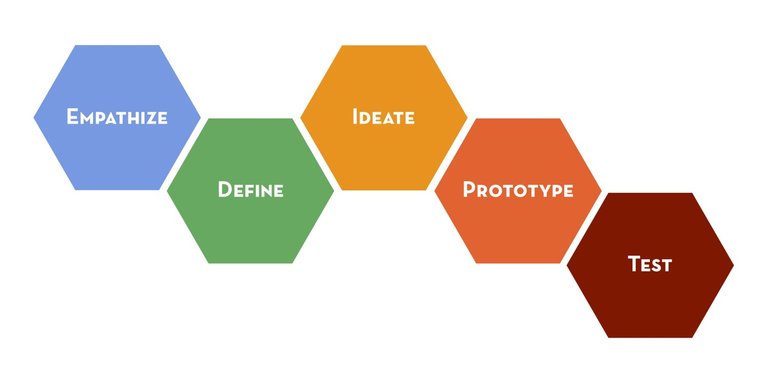Design thinking is a creative reasoning cycle which empowers individuals to create arrangements that take care of issues, upgrade usefulness and enhance items and administrations.
Design thinking alludes to the legitimate, key and methodical cycles by which creative design ideas are created by people. The way to designing a design idea is the plan of critical thinking techniques, which depend on the investigation of the necessities of the client and how best these can be tended to.
To create and carry out a thought or idea, designers should initially distinguish a need. These necessities depend on what clients of the item or administration need, where the issue lies and how the current arrangements can be improved.
When these requirements are distinguished, designers should recognize the kind of arrangement that would address each need and make the most ideal utilization of assets. The initial phase in recognizing the need is to characterize it. A need can be distinguished by taking a gander at a current issue and deciding whether an answer exists or not. For instance, the requirement for a simple to-utilize UI might be handily replied by fostering a straightforward yet valuable interface that would be agreeable to the two clients and business clients.
After the meaning of the issue has been recognized, the following stage is to distinguish the arrangement by thinking about different alternatives. A few alternatives incorporate changing existing strategies for giving the item or administration; further developing execution of current cycles; carrying out new procedures; or just working on the manner in which an item or administration works.
In the wake of narrowing down the extent of the need to its center issues, the subsequent stage is to thought of a design system by thinking about the potential arrangements that are accessible. As such, designers should foster an arrangement or diagram that would depict the means needed to determine the issues.
Note that the need isn't really the main thing that should be viewed as when thinking of arrangements. For instance, a requirement for an ergonomically designed workstation can be met by making an agreeable and all around designed workstation. A requirement for an easy to use route framework can be met by offering a straightforward, natural interface to assist clients with discovering their direction around the workplace. This sort of prioritization is significant in deciding the best arrangements.
When the need and the recognized arrangements have been distinguished, focus on them. This incorporates choosing how much exertion is needed to achieve every prerequisite, and how much exertion is expected to execute every arrangement.
For example, the need to further develop usefulness could be settled by further developing the way cycles, for example, stock control or the conveyance interaction. On account of the requirement for a simple to-utilize UI, the objective may be to foster a basic programming application, which would help clients discover what they are searching for rapidly without the requirement for stock following or transportation the board. By following these means, a designer can foster a rundown of needs and make an arrangement to carry out every need with fitting assets.
The last advance in deciding the best arrangement is thinking about every arrangement in contrast to one another. At the end of the day, by utilizing design figuring, a designer can decide how well every arrangement can address the recognized requirements.
When all recognized requirements are tended to, a designer would then be able to choose a possible arrangement. This progression includes considering every arrangement in contrast to different arrangements, to see which one would be better ready to address the issues that were recognized. To do this, a designer should consider the degree of trouble associated with executing every arrangement and the time needed to foster every arrangement.
At last, in the wake of deciding the arrangement, a designer can pick the best arrangement dependent on the last advance. When the best arrangement is picked, the organization should ensure that it follows the accepted procedures set out in the design thinking measure.
These four stages are fundamental when dealing with various issues in designing items and administrations. They will direct an organization through the most common way of designing arrangements, lessening chances, and keeping away from exorbitant slip-ups that can happen because of some unacceptable execution.

Congratulations @yubensy! You have completed the following achievement on the Hive blockchain and have been rewarded with new badge(s) :
Your next target is to reach 80 posts.
You can view your badges on your board and compare yourself to others in the Ranking
If you no longer want to receive notifications, reply to this comment with the word
STOPTo support your work, I also upvoted your post!
Check out the last post from @hivebuzz: